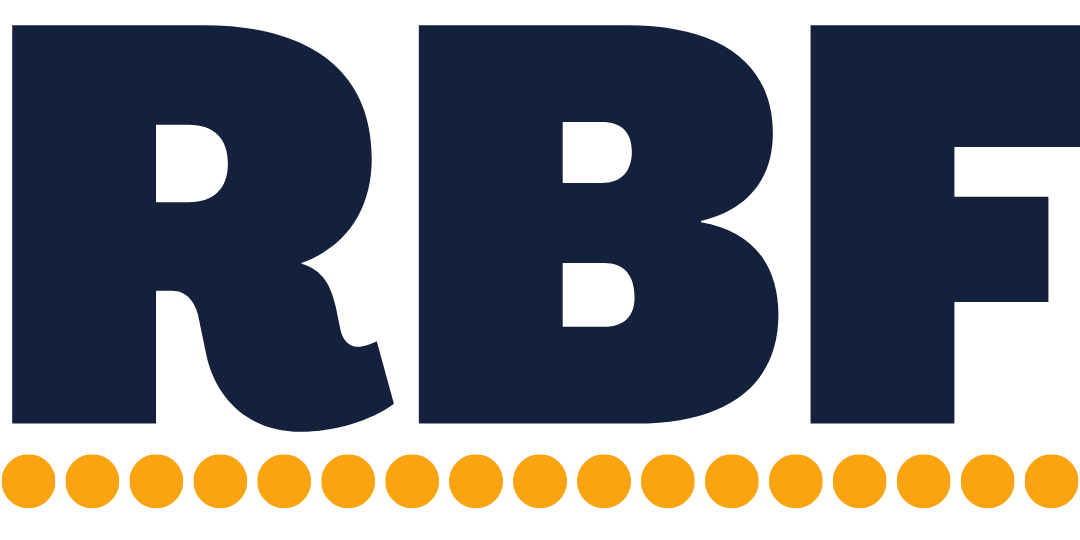Your billable rate is biased.
Hey, I’m Michael Eckstein 👋, and this is ‘Ordinary & Necessary’, a weekly newsletter about the boring business topics that don’t get enough traction on the web, but will help you manage and grow your business. You signed up on my website. If you’d like to unsubscribe, just click the link at the bottom of this email. No harm, no foul, I’d love to have you back sometime.
Everyone that has ever started a business, even if they use flat-fee or value billing, has had an hourly billable rate in mind. It’s the number they give potential new clients, it’s how much money they’ll make one day, it’s a goal they want to reach, and, to a certain extent, it’s their self-worth.
But, your billable rate is a misleading way to look at your own business. It’s like measuring your success by your top-line revenue instead of your profit. It doesn’t account for 90% of the things that make a business a business. It doesn’t account for invoices that never get paid, operating expenses to keep the lights on, or all the late nights and unbillable hours. For that, you need a better metric like the ‘effective hourly rate.’
Your effective hourly rate is your total owner’s compensation (salary + distributions) divided by your total hours worked (billable and unbillable hours). Your effective hourly rate gives you a much better understanding of how much you make after all the bullshit it takes to run a business. (The only thing it doesn’t account for is all the added stress and sleepless nights.) And, unlike many other metrics, it’s very easy to understand because you can compare it to your billable rate (aka the dream) and how much you were making at corporate jobs before you started your business.
Why use owner’s compensation instead of profit? Why not include retirement contributions in compensation?
Your effective hourly rate should reflect how much money you take home at the end of the day. It makes the number much more real (everyone understands money in their wallet) and easier to compare to your billable rate or previous salaries.
More practically, your profit on your Profit & Loss report (aka where you’d find the number for your calcs) is your accounting profit and is misleading in its own way. It doesn’t account for savings, set-asides, or loan repayments. Calculating your effective hourly rate with your profit will carry that bias forward.
And, your retirement contributions aren’t spendable (yet). Including them shifts your understanding about how much you make. But, you can include them, if you’d like.
Why include unbillable hours?
Including unbillable hours is the true magic of the effective hourly rate. It helps you understand how efficiently you run your business and how much total work you’re putting in. Because, for every billable hour spent on client work, there’s another unbillable hour spent on discovery calls, chasing invoices, paying bills, handling administrative tasks, managing employees, etc. Those unbillable hours are just as important to running your business as (and keep you away from your family) billable hours.
Action Item: Roughly calculate your effective hourly rate. Is it where you want it to be?
Have a great weekend and stay safe!
Michael Eckstein
